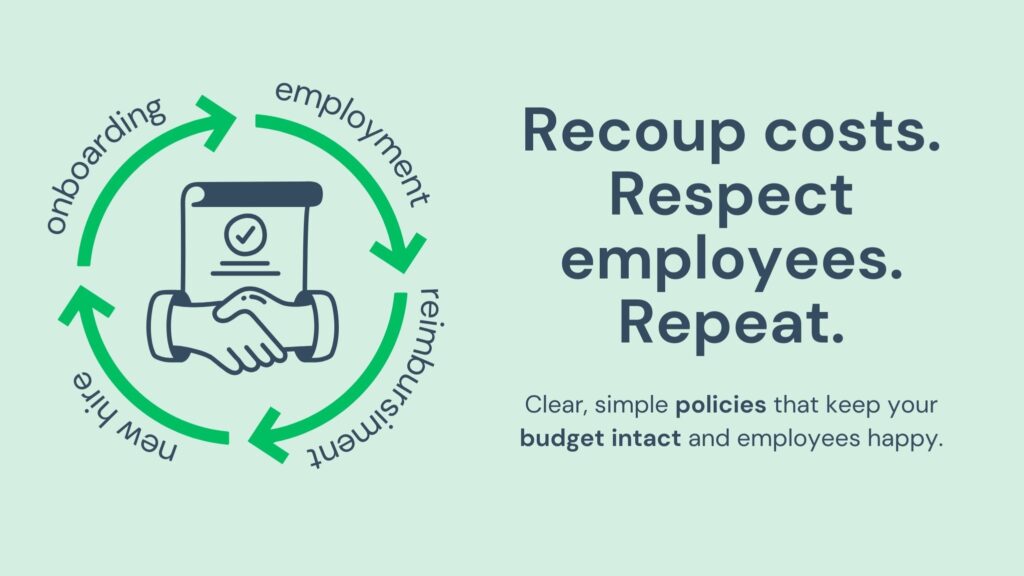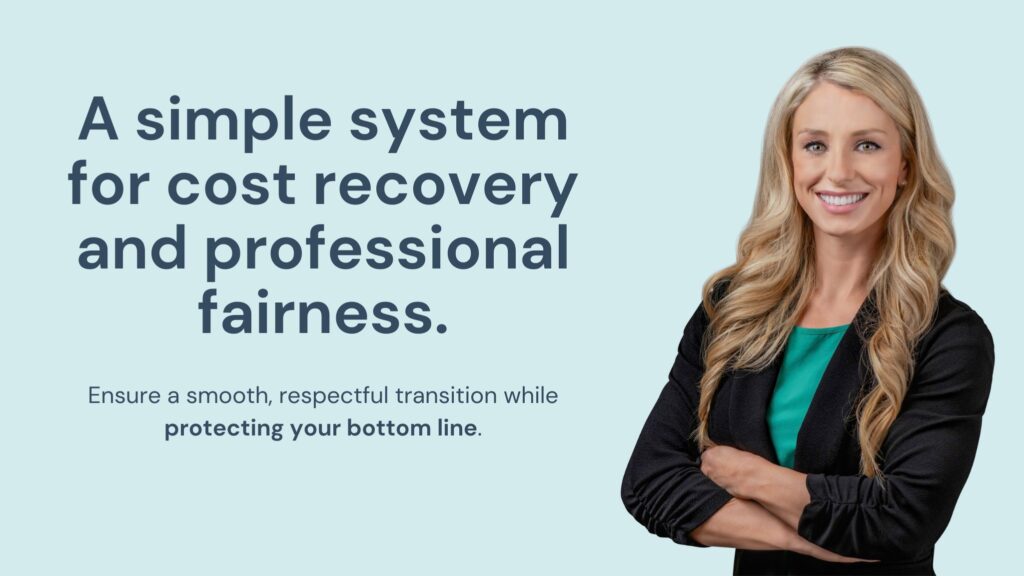Affordable Onboarding: How to Recover Employee Headshot Expenses
Attracting and retaining skilled professionals is becoming increasingly difficult in today’s service industry. Office managers often face high turnover rates among dental assistants, hygienists, doctors, and physician assistants. Many offices in these professional occupations incur substantial onboarding costs, only to have employees leave shortly afterward. Therefore, implementing cost-effective hiring practices is essential for maximizing resources and attracting long-term employees. Implementing a Headshot Reimbursement Policy is a straightforward and effective strategy to help maintain office budgets.

Common Onboarding Costs for Medical Offices
Hiring a new provider or skilled staff member can be costly. Onboarding expenses in the professional services industry can add up quickly and lead to high fees, such as:
- Relocation costs: Moving a professional service provider across state lines isn’t cheap.
- Signing bonuses: Attracting talent in a high-demand field often requires sweetening the deal.
- Training and certifications: Ensuring employees have the necessary credentials and certifications.
- Professional headshots: While sometimes overlooked, these are critical for maintaining a consistent, polished image for staff directories, marketing materials, and patient communications.
It all adds up. For many offices, it’s not just about the financial burden; it’s about protecting the value of these investments. That’s where a Headshot Reimbursement Policy offers a practical solution.

Why a Headshot Reimbursement Policy Makes Sense
Introducing a Headshot Reimbursement Policy can help offices handle these costs more effectively:
- Clarity and transparency: Office managers have a structured agreement outlining who is responsible for the cost of professional headshots if the employee doesn’t stay.
- Fairness for both parties: The policy ensures employees understand the terms upfront, creating a sense of accountability.
- Customizable to your office’s needs: The policy template includes spaces for specific headshot costs, company names, and other details. This allows managers to tailor it to their unique onboarding process.
By including this policy as part of your hiring toolkit, you streamline the onboarding process and create a more professional and organized experience for everyone involved.

The Win-Win of “Headshot eCycling”
Even with a Headshot Reimbursement Policy, it’s vital to approach cost recovery fairly. Enter “Headshot eCycling”—a concept designed to soften the blow for departing employees:
- How it works: If an employee leaves before a designated time frame (e.g., 90 days), the cost of their headshot is deducted from their final paycheck.
- What the employee gains: They receive personal use rights to their headshot and a straightforward guide on accessing their image files.
- The benefit to your office: This system ensures that even if someone leaves, they still value and use their professional headshot, while the office recoups part of its investment.
“Headshot eCycling” creates a win-win scenario. It shows that your office values employees as individuals while responsibly managing the company’s financial resources.
When it comes to managing onboarding costs, a thoughtful approach goes a long way. A Headshot Reimbursement Policy helps office managers keep expenses under control and fosters transparency with new hires. Coupled with the “Headshot eCycling” concept, it offers a fair, respectful way to handle cost recovery when employees move on. By adding these tools to your hiring process, you’ll protect your budget and build a more positive, professional onboarding experience.
Ready to simplify your onboarding process and keep your budget in check? Download my FREE Headshot Reimbursement Policy template now and take control of your hiring costs today.
Related
Hello!
I’m Molly Bermea, photographer and graphic artist here at Frizz Studio. Learn more about me, network with me on social media or get in touch, I’d love to chat.
Latest Posts
Affordable Onboarding: How to Recover Employee Headshot Expenses
April 17, 2025Archives
Categories
- Architecture
- Bend
- Blogger Photography
- Brand Image Photography
- Building
- Business Knowledge
- Business Teams
- Central Point
- City Events
- Commercial Photography
- Concerts
- Consulting, Coaching & Teaching
- Corporate Events
- Cost Recovery Strategies
- Cottage Grove
- Creative Portraits
- CrossFit
- Custom Portraits
- Editorial
- Event Photography
- Family Portraits
- Fourth of July
- Graduation Portraits
- Graphic Art
- Green Screen
- Headshot Investment
- Headshot Photography for Offices
- Headshot Portraits
- Holiday
- iheartfaces
- iPhone
- Medford
- Medical Teams
- Mountain Bike Race
- Office Management Resources
- Oregon
- Party Photography
- Personal Brand
- Photographer Life
- Photography
- Photoshop & Photography
- Product Photography
- Products
- Random Thoughts
- Real Estate Photography
- School Events
- Senior Portraits
- Sisters
- Small Business
- Sport Portraits
- Sporting Events
- Team Headshots
- Travel









